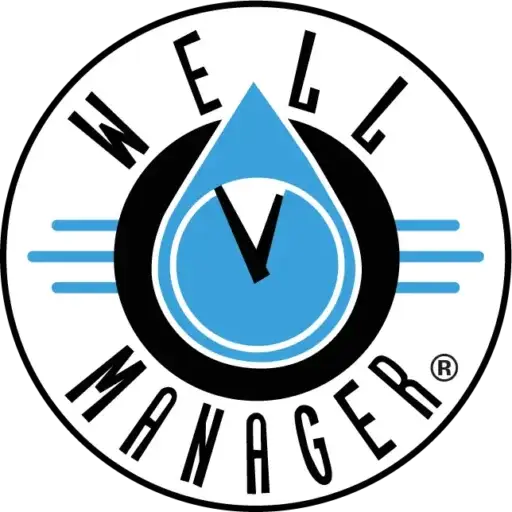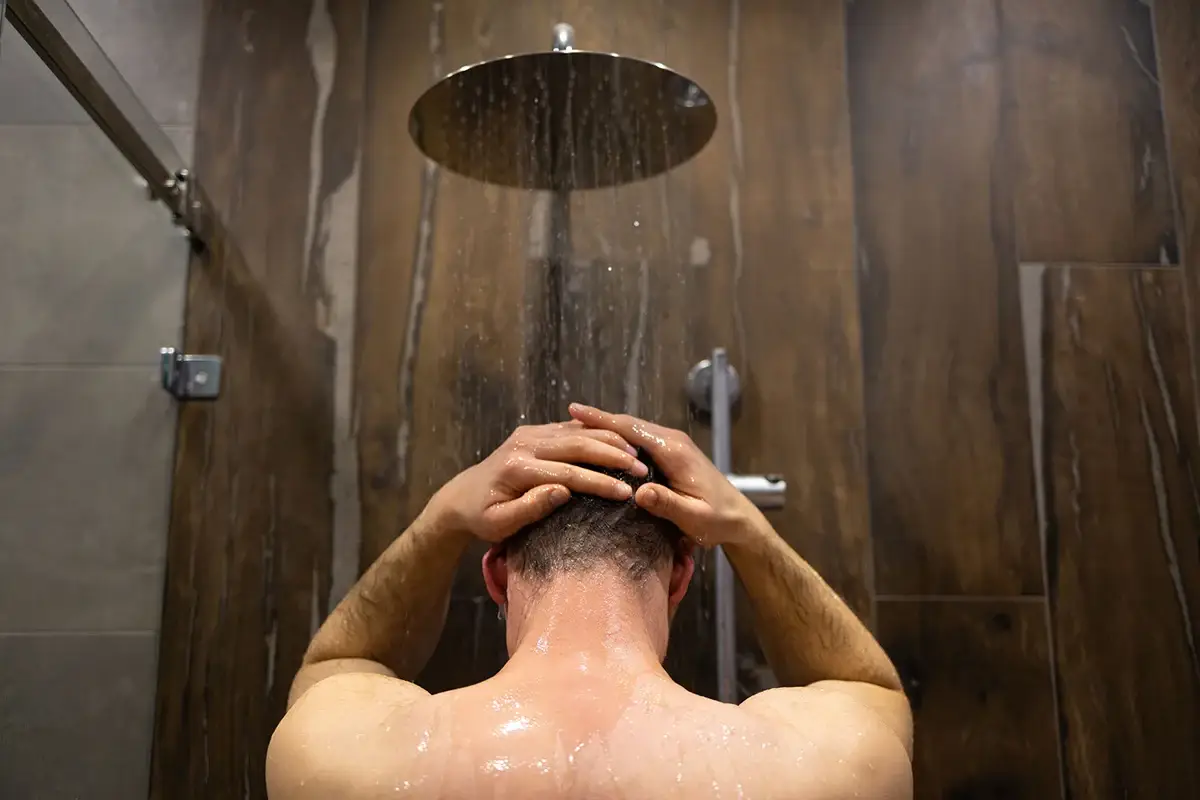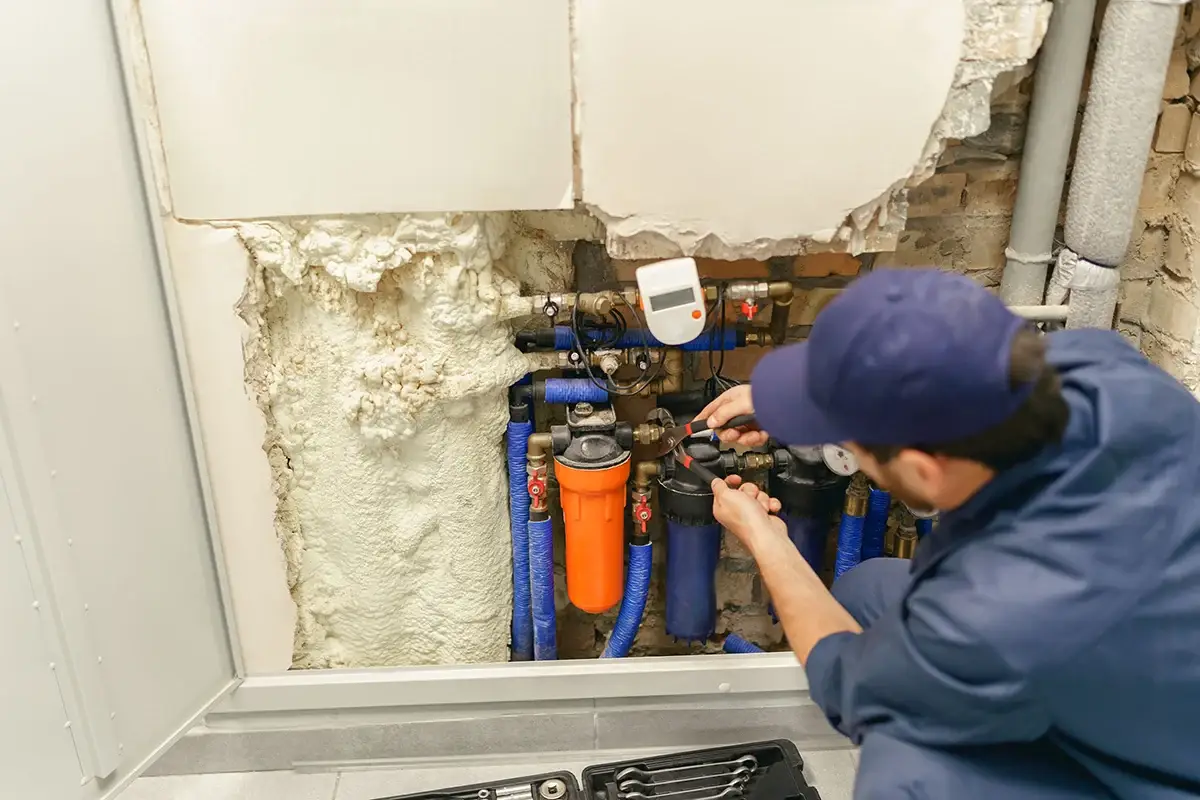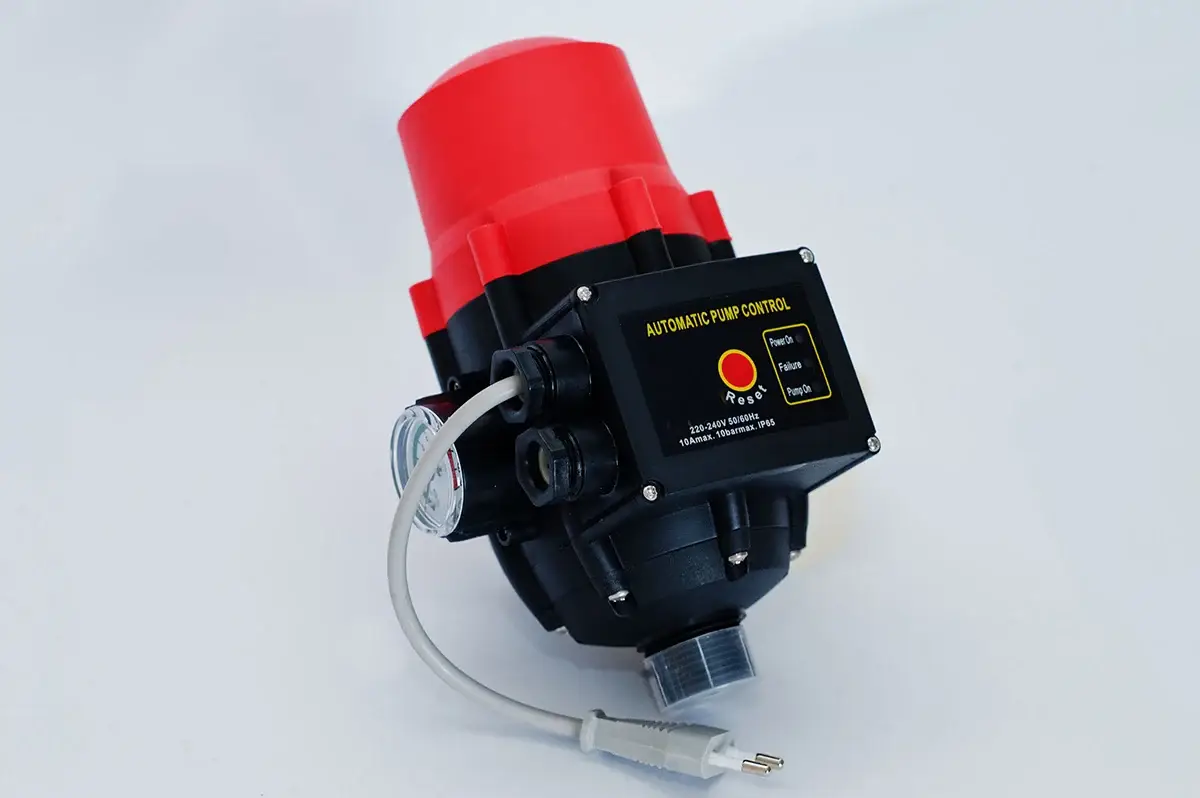A dribbling shower is more than an inconvenience; it’s a sign that your well may be struggling to keep up. The usual advice is simple: check for a clogged pump, adjust your pressure tank, or clean sediment from screens. Those steps can help under the right circumstances, but many homeowners find that the same low flow returns weeks later. When you’ve tried the basics and your water still trickles, frustration builds quickly, especially if the well is your only source of water.
Chasing pressure problems with quick fixes can feel like plugging leaks in a sinking ship. Instead of guessing at the cause, it helps to understand why pumps, tanks, and screens fail in the first place and what a comprehensive solution looks like. Thankfully, there is a smarter approach to increasing water pressure that doesn’t involve drilling deeper or rationing your showers.
When a Water Pressure Booster and Pressure Tank Can’t Deliver
Most private well systems use a submersible pump to lift water and a pressure tank to deliver it at the right pressure. Over time, mechanical components wear out or fall out of adjustment, leading to erratic flow. Common culprits include:
- A pump set too high or too low:Pumps need to stay submerged to deliver water consistently. Extension experts warn that if the pump sits too high in the well, a drop in water level during heavy use or drought can leave it sucking air. Lowering the pump to an appropriate depth often requires a professional.
- A failing pressure tank:Pressure tanks rely on an air cushion to maintain even pressure. When the air charge is lost, the pump may run only a few seconds before shutting off. Tanks generally last around ten years; an old tank with a torn bladder will not hold pressure, regardless of how often you add air.
- Clogged screens and intakes:Fine particles from the surrounding aquifer can migrate into the well screen and clog it. This reduces the flow of water into the pump and can lead to pump damage if sediment is pumped through the system.
- Electrical or switch problems:A pressure switch that fails to activate, a blown fuse, or a tripped breaker can stop the pump altogether. Simple as they may seem, these issues often point to underlying problems in the tank or pump.
If your system is experiencing one or more of these issues, simply cleaning a filter or adjusting a screw won’t restore long-term performance. Identifying and replacing worn parts is critical before turning to larger solutions.
DIY Well Checks: What You Can Try, and Why They Might Fail
When pressure drops suddenly, it’s natural to seek a quick solution. Here are some steps you can take safely:
- Check for power and switch issues.Confirm that the breaker or fuse for the well circuit is on, and that the pressure switch hasn’t tripped. If the pump doesn’t start at all, call a professional.
- Measure the air charge in the pressure tank.A healthy tank should read about two psi less than the pump’s cut‑in pressure when empty. Use a tire gauge on the air valve after draining the tank. If the pressure is low, add air until it reaches the correct level. If the tank won’t hold air, it likely needs to be replaced.
- Flush a faucet or hose bib.Open a tap and let it run. Sputtering or cloudy water indicates the presence of air or sediment in the system. If sediment clears quickly, it may have been a minor disturbance. Persistent debris calls for a professional inspection.
- Inspect filters and screens.Some systems include sediment filters. Clean or replace them according to manufacturer guidelines. If a screen on the pump intake is clogged by fine particles, removal and cleaning usually require pulling the pump from the well.
These actions can resolve minor issues, but they often reveal deeper problems. Adjusting a pressure switch may temporarily raise the cut-in and cut-out points, but it won’t fix a worn tank or clogged intake. Adding air to a failing tank is, at best, a short-term solution. Mechanical wear, scale buildup, and declining well yield all limit the effectiveness of DIY fixes.
A Smarter Way to Increase Water Pressure
If your well provides enough water overall but can’t keep up with peak demand, the problem isn’t usually the aquifer; it’s the way the system handles supply and demand. The most effective way to increase water pressure without overworking the well is to collect water at the well’s natural pace and then boost it to meet household needs.
This approach utilizes an atmospheric storage tank in conjunction with a water pressure booster. The well pump fills the storage tank slowly, matching the well’s safe yield. A secondary pump then draws from the tank and delivers water at a consistent pressure throughout the house. Because the booster relies on stored water, it can handle multiple fixtures simultaneously without causing the well pump to cycle rapidly. The result is a steady, reliable supply that feels like a municipal system.
Such systems also protect the well. They monitor water levels and prevent the pump from running if the well drops, guarding against pump burnout and reducing stress on the aquifer. By decoupling daily demand from the well’s production rate, storage‑plus‑booster setups make it possible to live normally even with a low‑yield well.
When to Call in the Experts
If you are tired of Googling “how to increase water pressure,” we have a solution. Repeatedly adjusting pressure settings or cleaning screens without seeing improvement is a sign you need professional help. A licensed well contractor can measure your well’s static and pumping levels, inspect the pump and tank, and determine whether screens or valves are clogged. In many cases, the cost of ongoing repairs rivals the price of an integrated management system. Rather than pouring money into piecemeal fixes, a purpose‑built system designed by Well Manager can stabilize your water pressure and extend the life of your well.
Living with Confidence
Fiddling with valves and watching pressure gauges is no way to live. When standard fixes fall short, it’s time to look beyond the usual suspects. Understanding why pumps and tanks fail helps you determine when a minor adjustment will suffice and when the solution lies in reevaluating your system. By storing water ahead of demand and boosting pressure to meet your needs, you can enjoy the freedom of turning on the tap without thinking twice about how to increase water pressure.



